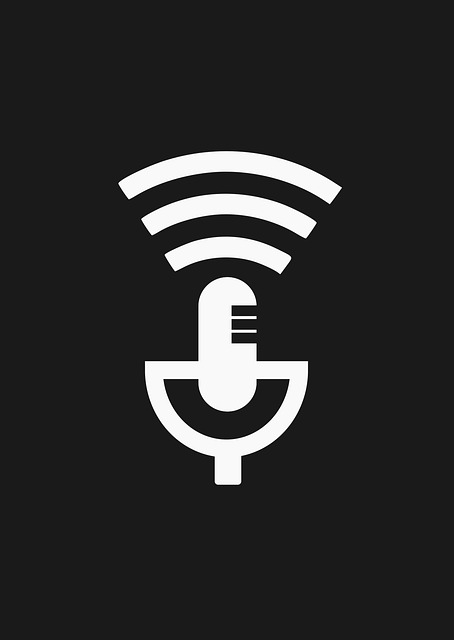
The Timeless Allure of Band Icons: A Collection for Graphic Design
In the vast and dynamic realm of graphic design, few motifs resonate as deeply as the iconic imagery associated with legendary bands. From the psychedelic swirls of the 1960s to the gritty punk aesthetics of the 1970s and the sleek minimalism of modern times, band icons have served as both a reflection of musical movements and a canvas for artistic innovation. In this blog post, we delve into the enduring appeal of band icons collection in graphic design, exploring their evolution, significance, and timeless influence.
A Symphony of Visual Expression
Band icons encapsulate the essence of a musical group, serving as visual shorthand for their identity, genre, and ethos. Whether emblazoned on album covers, concert posters, or merchandise, these symbols transcend mere design elements to become cultural touchstones. Think of the bold, enigmatic lips and tongue of The Rolling Stones, or the striking prism of Pink Floyd’s “Dark Side of the Moon” – these images are as synonymous with the bands themselves as their music.

Evolution through Eras
The evolution of band icons mirrors the shifting tides of popular culture and design trends. In the 1960s, the era of flower power and psychedelic rock, bands like The Beatles and The Grateful Dead embraced vibrant colors, intricate patterns, and surreal imagery in their iconography. This psychedelic aesthetic, characterized by swirling motifs and kaleidoscopic visuals, reflected the spirit of experimentation and countercultural rebellion.
The 1970s ushered in a new wave of graphic design, marked by the rise of punk rock and its DIY ethos. Bands like the Sex Pistols and The Ramones adopted raw, gritty aesthetics, often employing stark typography, hand-drawn illustrations, and provocative imagery to convey their anti-establishment message. The simplicity and immediacy of punk design captured the anarchic energy of the movement, resonating with audiences worldwide.
Fast forward to the present day, and band icons continue to evolve in response to contemporary design sensibilities and technological advancements. In the digital age, social media platforms and streaming services offer new avenues for artists to connect with their fans, influencing the way bands approach branding and visual identity. While some artists embrace sleek, minimalist aesthetics suited to the digital landscape, others harken back to retro-inspired designs, tapping into nostalgia and vintage charm.
Enduring Influence
What sets band icons apart from mere graphic design is their ability to transcend time and space, leaving an indelible mark on popular culture. Whether adorning a t-shirt worn by a devoted fan or gracing the walls of a gallery exhibit, these symbols evoke a sense of nostalgia, passion, and collective memory. They serve as a testament to the power of music to inspire, provoke, and unite people across generations and continents.
Band icons represent a fascinating intersection of music, art, and design, embodying the spirit of their respective eras while retaining a timeless allure. As we continue to navigate the ever-changing landscape of graphic design, let us celebrate the enduring legacy of these iconic symbols and the artists who brought them to life.
Whether you’re a fan of classic rock, indie folk, or experimental jazz, there’s a band icon out there waiting to capture your imagination and leave an indelible imprint on your soul.
Also, check Valentine icons collection and Valentine icons pack.
Exploring the Boundless Creativity: Band Icons in Graphic Design Today
As we traverse deeper into the 21st century, the landscape of graphic design continues to evolve at a rapid pace, and the realm of band icons is no exception. With the advent of new technologies, platforms, and design tools, artists are pushing the boundaries of creativity and innovation, redefining what it means to create compelling visual identities for musical acts.
One notable trend in contemporary graphic design is the fusion of traditional analog techniques with cutting-edge digital processes. Many designers are embracing a hybrid approach, combining hand-drawn illustrations, collage, and painting with digital manipulation and 3D rendering to create captivating visuals. This marriage of old and new techniques adds depth, texture, and authenticity to band icons, imbuing them with a sense of craftsmanship and individuality.
Moreover, the democratization of design tools and platforms has empowered a new generation of artists and musicians to take creative control of their visual identities. From self-released albums to DIY merchandising, independent bands and artists have unprecedented access to tools like Adobe Creative Suite, Canva, and Procreate, enabling them to craft professional-quality graphics without the need for a record label or design agency.
Social media platforms have also played a pivotal role in shaping the way bands interact with their fans and promote their music. Visual platforms like Instagram and TikTok have become virtual galleries for bands to showcase their artwork, share behind-the-scenes glimpses into their creative process, and engage with their audience in real-time. This direct line of communication has fostered a sense of intimacy and connection between artists and fans, blurring the lines between creator and consumer.

In addition to digital platforms, the resurgence of analog media has sparked a renewed interest in tactile, tangible design experiences. Vinyl records, cassette tapes, and screen-printed posters are experiencing a renaissance, appealing to audiophiles and collectors alike who crave a more immersive and tactile music experience. Bands are seizing this opportunity to create elaborate, limited-edition packaging and merchandise, transforming their music releases into coveted works of art.
Another emerging trend in band iconography is the emphasis on inclusivity, diversity, and social justice. As conversations around representation and equity continue to gain momentum, bands are using their visual platforms to amplify marginalized voices, challenge stereotypes, and advocate for change. Whether it’s through collaborations with diverse artists and designers or the incorporation of symbols of resistance and solidarity into their artwork, bands are leveraging their influence to spark meaningful conversations and inspire positive action.
Also, check music icons collection and music icons pack.
Looking ahead, the future of band icons in graphic design is ripe with possibility and potential. As technology continues to evolve and cultural shifts reshape the landscape of music and art, designers will undoubtedly find new ways to push the boundaries of creativity, innovation, and expression. Whether it’s through immersive virtual reality experiences, interactive augmented reality installations, or mind-bending generative art, the possibilities are limitless.
In conclusion, band icons occupy a unique and cherished place in the pantheon of graphic design, serving as both a reflection of musical movements and a canvas for artistic experimentation. From the psychedelic swirls of the 1960s to the digital landscapes of the 21st century, these iconic symbols continue to captivate and inspire audiences around the world, transcending time, space, and genre. As we celebrate the rich history and enduring legacy of band icons, let us also embrace the boundless creativity and innovation that lie ahead, ensuring that the spirit of artistic expression continues to thrive for generations to come.